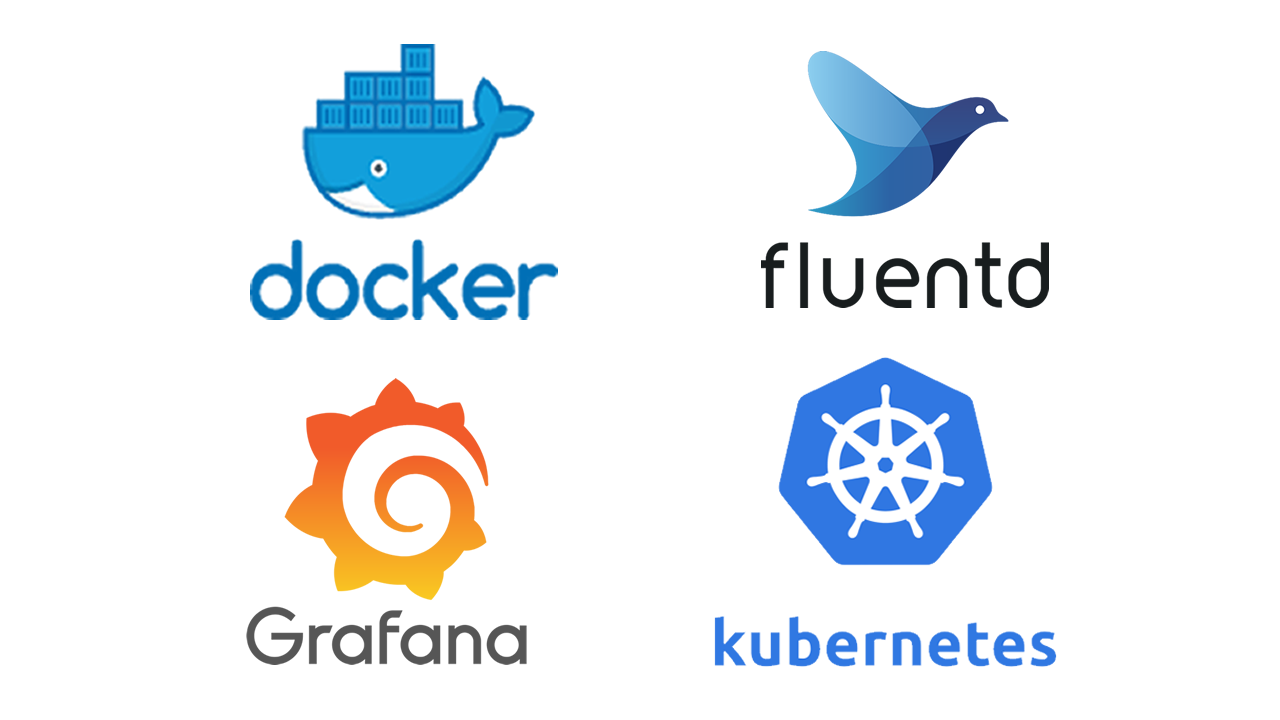Better Defect Reduction: AI Applications in Your Quality Engineering Maturity Journey
The next time you sit down with your Chief Innovation Officer, bring up quality maturity as an agenda item. Artificial intelligence (AI) exists with …
READ MOREUnfortunately, public sector enterprises, such as government bodies, councils, and even essential services, often operate with outdated bureaucracy and processes that are inefficient and slow to meet the evolving business requirements of today. This lack of adaptability in the current digital world is a significant challenge for these organizations. Digital transformation is crucial for streamlining operations, enhancing public services, and making data-driven decisions. Unlike businesses just lagging as “late adopters”, government agencies are often straitjacketed anyway with stringent regulations and compliance making it more challenging for them to adopt new technologies. There are also the hefty budget constraints that limit them from investing in innovative tech solutions, bureaucracy, and red tape blocking clearance of this new tech, data security and privacy to worry about, public trust and opinion on technologies, procurement challenges, as well as the lack of tech experts in this space in general. However, one of the major challenges they face is with outdated legacy systems and infrastructure. In this blog post, we’ll look at legacy applications single-handedly and key considerations for system modernisation in this regard.

Legacy isn’t planned — it just happens. Regretfully, a lot of businesses continue to use outdated systems for a variety of reasons. Planning for the retirement of a legacy system can be overwhelming, with decision-makers often resistant to change and finding it counterintuitive to invest in new technology. The implementation of a new system is a time-consuming and intimidating process, requiring significant training efforts. Converting data from an outdated system to a modern one adds complexity, as data formats may differ. Relying on old legacy systems can cause long-term problems, particularly in testing. A recent poll reports, that the main issue with legacy systems, according to 65% of public sector officials, is their inefficiency. Here are a couple more reasons why Legacy needs go.
Maintenance overhead: Legacy environments are expensive and time-consuming to maintain and brittle code makes it hard to modify one area of the system without impacting other areas unnecessarily. Making even simple changes to business processes can mean rework in multiple systems.
Interoperability issues: Legacy applications are often single-purposed and reside in silos, making it difficult to share data and interoperate with other systems within the enterprise.
Integration issues: Outdated technology including frameworks and languages also undermines processes and makes it difficult to integrate with modern systems (ex. Limited API support and data format compatibility).
Limited agility and scalability: The earlier issues mentioned are further complicated by strict compliance requirements in highly regulated contexts, making innovation difficult. Legacy systems also often have difficulty in handling increased workloads.
Data vulnerabilities: Furthermore, 82% of firms acknowledge that they have vulnerabilities that might jeopardize sensitive data, raising the shadow of ongoing security and compliance problems that hang over them (Deloitte). Legacy systems may use outdated encryption algorithms and authentication mechanisms, making them susceptible to modern security threats.
Ineffective resource consumption: These limitations not only strain resources but also compromise the delivery of citizen-centric services. Users of public services are urgently looking for a seamless and intuitive experience given the needs they are trying to meet through the system.
Monolithic architecture: Legacy systems may be monolithic, with tightly coupled components, making it difficult to decouple and modularize the architecture for easier maintenance and updates.
The limitations of legacy systems are significant barriers in the era of digital transformation, and public sector leaders should reassess and embark on new strategies for a more agile and secure future. To navigate these challenges, the solution lies in strategic modernization.
The roadmap involves a series of key considerations, each playing a crucial role in the successful evolution of public sector tech:
The first step in this process is a detailed assessment of the legacy systems, including hardware and software; data structures, and dependencies. A legacy system assessment should include a rigorous analysis of the architecture, review documentation, and look at integration points with other systems. The aim of this is to identify the system’s strengths, weaknesses, and possible threats. This information can help with strategic decision-making. Moreover, legacy system evaluations include elements such as compatibility with current standards, scalability, and adjustment to changing business requirements.

The choice of approach depends on factors like the application’s current state and long-term goals.
Choose modernization approaches with the highest effect and value while considering cost, risk, and impact.
When considering the system modernization of legacy apps for the public sector, there are two ways we can go about it.
Modernization through cloud adoption offers numerous advantages:
Embracing the cloud is a strategic move for staying competitive! Cloudification, which saves on expenditure for capital and optimizes operational efficiency allows public sector organizations to readjust resources in a targeted way. As a result, government agencies are able to concentrate their efforts on core functions rather than wasting resources and time managing infrastructure.
Scalable system architectures are a good option too.
Microservices and serverless architectures offer scale by design, with each component scaling according to the workload.
Scalable system architectures thus give organizations the ability to create systems that are flexible, responsive, and resilient. Adopting scalable system architectures increases the agility of public sector enterprises. Thanks to microservices and serverless architectures, development can be done in a modular way. This also reduces the cost of development and further improves time-to-market for new services. These different channels of modernization together lead to an environment conducive to flexibility, efficiency, and fiscal responsibility, benefiting the overall business functions of public sector enterprises.

This includes making applications accessible to people with disabilities through screen readers, keyboard navigation, and text-to-speech.
Modernization of UI elements and simplifying complex workflows can improve UX overall.
Incorporating intuitive navigation, attractive interfaces, and convenient features enhances the user experience. Modernizing complicated procedures can reduce the steps citizens must go through, such as updating a permit application system. Resilient design principles enable legacy applications to function properly on various devices, especially for citizens seeking to access government services on the go. Real-time interactivity and personalized services can enhance user involvement, such as instant notifications or chatbot support. Modernization also allows for personalized dashboards or user profiles to tailor interactions with public services, making citizens engage with them in a completely new way.
Furthermore, it is imperative for public sector enterprises undergoing application modernization to implement robust data encryption measures for effective protection. Therefore, the private information remains secure and adheres to the rules and regulations specific to that particular industry. Standards such as PCI DSS (Payment Card Industry Data Security Standard) are widely recognised and implemented in various industries. Regulations of this nature typically necessitate the establishment of specific encryption and security protocols that are appropriate for the type of data being handled. While in the process of modernisation, public service enterprises must implement sophisticated encryption algorithms and techniques. Robust encryption algorithms such as AES (Advanced Encryption Standard) are used to safeguard data at rest, while TLS protocols can be implemented to secure data in transit. As mentioned, ensuring compliance with specific industry standards is a significant priority. In healthcare applications that maintain e-health records (EHRs) stored and transmitted electronically, it is necessary that all data records adhere to the regulations outlined by the Health Insurance Portability and Accountability Act (HIPAA).
Engaging stakeholders throughout the modernization process is critical. Verification ensures that the implemented changes align with organizational goals, user requirements, and the overarching mission of public sector entities. Stakeholders are actively involved in every important implementation phase from requirements gathering to user testing. Based on metrics and analytics from stakeholder feedback, concrete data provides the foundation for refining user interfaces, prioritizing features according to importance and developing system functionalities. The whole process not only improves the entire user experience, but also confirms that a modernized application is really up to speed with what the end-users actually want.
Incorporate essential tools and technologies such as cloud providers (AWS, Azure, GCP, Oracle, IBM), Docker, Kubernetes for containerization, microservices, and a variety of APIs (RESTful, GraphQL, gRPC). Additionally, integrate DevOps practices, including CI/CD, Jenkins, Ansible, Git, and more.

Case study: Airbnb’s app modernisation with Kubernetes
Airbnb used Kubernetes to overhaul its infrastructure, relying on container orchestration for the deployment and management of applications. With Kubernetes, Airbnb was thus able to scale services dynamically and ensure optimum performance at peak use. The modular development, easier maintenance and better resource utilization allowed by microservices architecture are made possible through Kubernetes. With this rapid modernization, Airbnb was able to efficiently handle even the most complex workloads. It also became a springboard for further innovation and smoothness of user experience in an increasingly competitive hospitality industry landscape.

Insighture is a consultancy that believes in delivering real value, especially to niche consultancy as is the case in GovTech projects. We offer strategic insights, new solutions, and a road plan for a tech-driven future. We have a history of successfully leading organisations through development projects, one of our service lines being app modernisation in highly regulated industries. A recent example is our success in technology roadmap execution which led to considerable cost-savings for our healthtech client.
Let’s chat!
The next time you sit down with your Chief Innovation Officer, bring up quality maturity as an agenda item. Artificial intelligence (AI) exists with …
READ MOREAI has been an anticipated technological breakthrough, taking over most manual white-collar jobs today. PwC’s Global AI Study reveals that AI will …
READ MORE